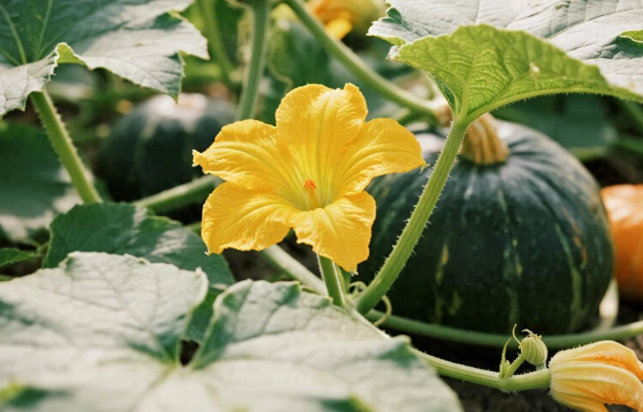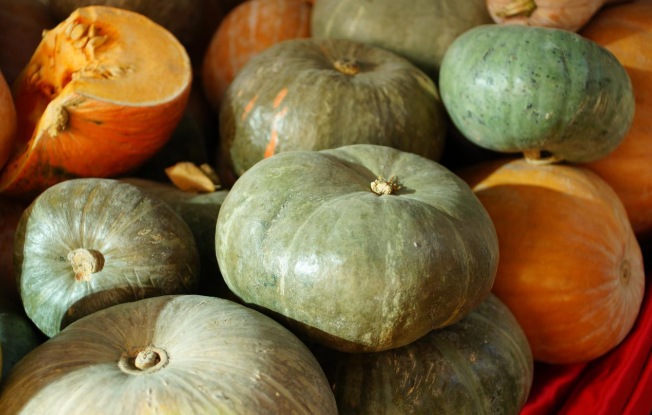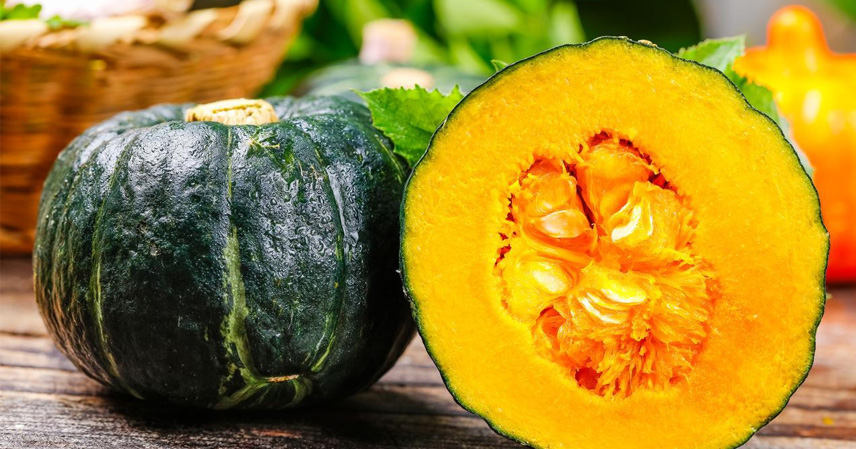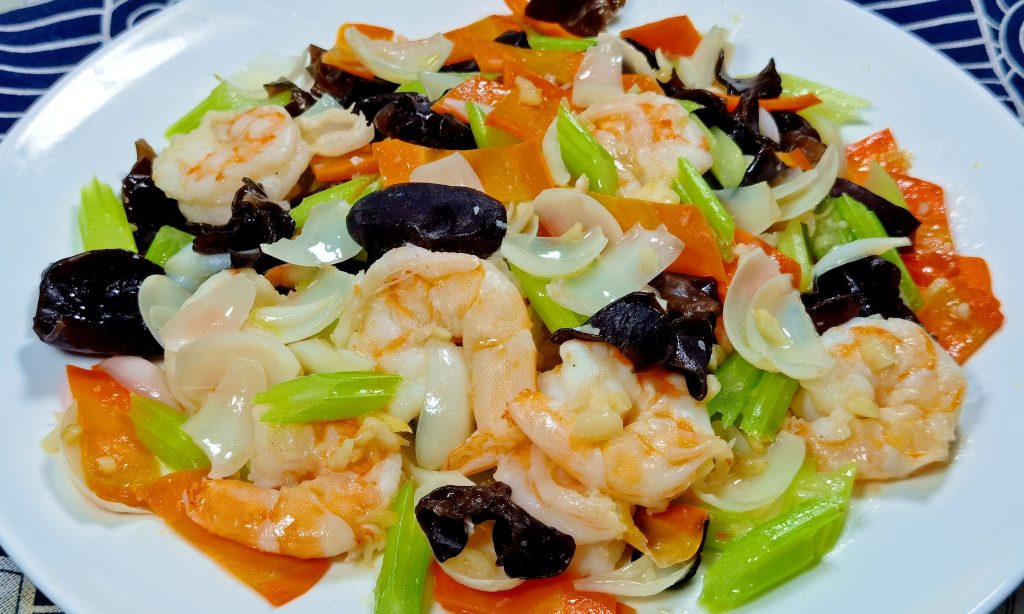Time flies unnoticed, and before we know it, autumn has arrived. “Autumn comes, pumpkins shine.” Pumpkins are one of the treasures of the season—nutritious, rich in vitamins and pectin. Eating them in moderation during early autumn can help nourish the spleen and stomach, clear heat and toxins, aid digestion, and boost energy.
In rural areas, pumpkins are also called “fanggua,” “wogua,” or “jinguo.” They can be enjoyed in various forms—creamy pumpkin porridge or delicate pumpkin cakes, all equally delightful. However, even such a nutritious food isn’t suitable for everyone in every combination. As the saying goes, “Eaten correctly, it nourishes; eaten wrongly, it harms.”
Pumpkin can strengthen the spleen, replenish blood, and is especially beneficial for people with weak digestive systems. But there are a few foods it should never be eaten with, as some combinations can produce chemical reactions that affect health. Remember these “worst enemies” of pumpkin—eating them together can cause unnecessary health problems, yet many people eat these combinations every day!

Foods You Should Never Eat with Pumpkin
1. Pumpkin and Mutton:
Mutton is a warm-natured food that nourishes the body, and pumpkin is also considered warm. Eating them together can overheat the body, causing symptoms such as mouth ulcers or sore throat. People with naturally warm constitutions may feel even more uncomfortable when consuming this combination.
2. Pumpkin and Spinach:
Spinach is rich in iron and vitamin K, but it contains high levels of oxalates. Pumpkin contains vitamin C-degrading enzymes. When eaten together, the enzymes in pumpkin can destroy vitamin C in spinach, reducing its nutritional value.
Delicious Ways to Enjoy Pumpkin

Method 1: Pumpkin Pancakes
Simple yet nostalgic. Peel and deseed the pumpkin, cut into thin slices about 0.5 cm thick, and steam until soft. Mash the pumpkin and mix with glutinous rice flour to form dough. Shape into small round cakes and pan-fry until golden. The aroma fills the kitchen, bringing warmth and memories of family gatherings around the table.
Method 2: Pumpkin Stew with Potatoes
A fusion of northern and southern Chinese cooking styles. In northern China, people use large pots for longer stewing, letting pumpkin and potatoes absorb each other’s flavors, producing a rich, sweet broth perfect for soaking rice. In southern China, recipes may be more refined, focusing on color and ingredient harmony, sometimes adding shrimp, mushrooms, or other ingredients to enhance flavor.
Eating pumpkin in autumn is not just about satisfying your taste buds—it’s a lifestyle that embraces the season and promotes health.
References:
- Nutritional Benefits of Pumpkin, China Health Guide, 2021
- Traditional Chinese Food Pairing Principles, Culinary Research Journal, 2019



